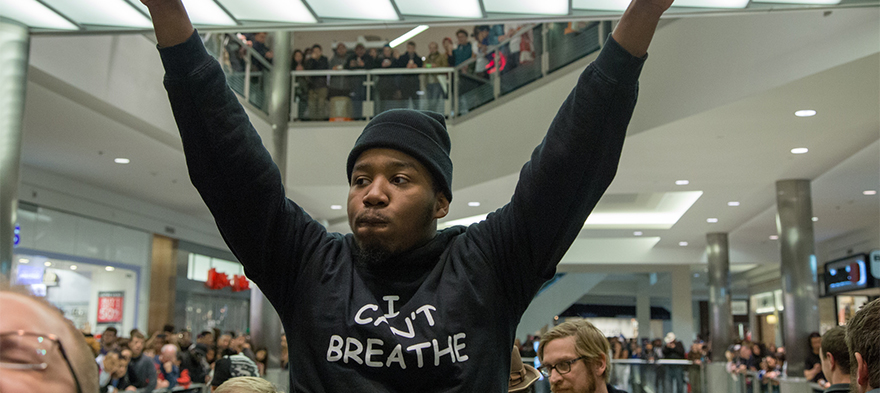
Michael Meadows teaches Italian at Hyattsville and Greenbelt Middle Schools in Prince George's County Public Schools, Maryland. He is the world language department chair at Hyattsville and leads a self-started classroom management improvement program, designed to maximize consistency among teachers and academic achievement among students. Michael previously served as director of the High School Cooperative Language Program at Yale University's MacMillan International Center and program coordinator at the Yale Teaching Center. Michael has taught courses on Italian language, literature, and cinema at Gateway Community College and Yale University, where he won the Associates in Teaching Prize in 2012. Michael graduated from Cornell University with a B.A. in Architecture and received his M.A., M.Phil, and Ph.D in Italian language and literature from Yale University. He is a Teach Plus Teaching Policy Fellow.
The story you tell yourself about your own math ability tends to become true. This isn’t some Oprah aphorism about attracting what you want from the universe. Well, I guess it kind of is, but...
If you have a child with disabilities, you’re not alone: According to the latest data, over 7 million American schoolchildren — 14% of all students ages 3-21 — are classified as eligible for special...
The fight for educational equity has never been just about schools. The real North Star for this work is providing opportunities for each child to thrive into adulthood. This means that our advocacy...
Your donations support the voices who challenge decision makers to provide the learning opportunities all children need to thrive.
Ed Post is the flagship website platform of brightbeam, a 501(c3) network of education activists and influencers demanding a better education and a brighter future for every child.
© 2020–2024 brightbeam. All rights reserved.